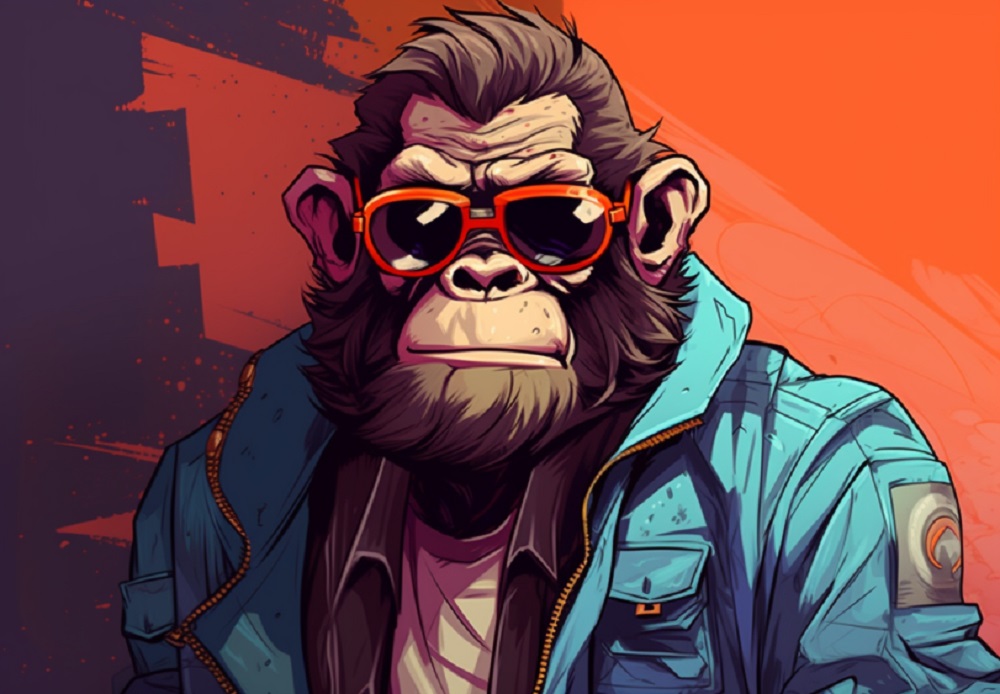In the last few years, following the sales of numerous individual NFTs and NFT collections, many more people have become interested in the industry. Still, they have actively taken steps to be part of it—artists and collectors alike.
The technology behind NFTs is fantastic. Thanks to NFTs, key challenges that artists and creators have faced have been solved; digital files of their works can now be made unique and verifiable as original versions on the blockchain.
Although this technology is a welcome development, it hasn't come without its challenges, like any other new technology. While different challenges plague this new technology, the most conspicuous of them is the rate at which some NFTs consume immense energy.
This article will look at the relationship between NFTs and energy consumption and their impact at present and in the future.
How Do NFTs Consume Energy
NFTs do not in themselves consume an immense amount of energy. Instead, the blockchain on which an NFT is stored is what determines if it will be an energy-guzzling non-fungible token or not.
An NFT is a data unit stored on the blockchain; different blockchains support NFTs. Ethereum, Solana, and Flow blockchains, among others, are blockchains that support NFTs. While the Ethereum blockchain uses a massive amount of energy to carry out its transactions, including its NFT transactions, Solana and Flow Blockchains and others only require a little energy. This is why not all NFTs consume huge amounts of energy.
Ethereum is the second-largest blockchain after Bitcoin, and it's also the blockchain that supports the largest number of NFTs. To validate and secure transactions on the blockchain, Ethereum operates on a consensus mechanism called "proof of work."
Proof of Work, Energy Consumption and NFTs
Proof of work consensus is a mechanism that requires a network of miners to dissipate effort using high-powered computers. This is so that they can compete to solve complex mathematical problems to validate transactions on Ethereum.
Financial transactions are monitored and secured by centralized financial institutions in the real world. This makes it easy to keep transactions secure and verify the authenticity of transactions.
Blockchain technology, however, is based on the concept of decentralization. Therefore, there's no centralized institution verifying and confirming the authenticity of transactions. The need to develop efficient systems for validating transactions on the blockchain led to the creation of the proof-of-work consensus mechanism.
Although this mechanism is very efficient, the drawback is that it requires an immense amount of energy to function optimally. To solve the complex mathematical algorithms required to validate transactions, miners need to use high-power, energy-consuming computers. These computers use up a lot of energy and, as a result, emit a lot of carbon into the environment.
Although NFTs do not consume energy, those stored on the Ethereum blockchain do every time an action is taken. For example, processes involving mining an NFT, bidding, canceling a bid, selling and reselling an NFT, and even artists' releases of multiple editions of the same NFT consume a large amount of energy.
Every activity involving NFTs on the Ethereum blockchain consumes energy, so NFTs stored on this blockchain use a huge amount of energy.
The Present Impact of NFTs on the Environment
A standard Ethereum transaction consumes the same amount of energy as a typical household would consume in a day and a half. And this is for one transaction (e.g., minting the NFT). When a series of transactions from one NFT are added together, they can consume up to 340 kWh of energy.
To further put it into perspective, if you watch Youtube videos for 20 hours, you won't use up the amount of energy it takes to process one NFT transaction.
French artist Lemercier, an environmental and climate advocate, realized how much energy is required to transact NFTs after his first NFT drop.
The artist, who had always been pro-environment and had spent years cutting down on the energy consumption associated with creating and selling his art, contributed his quota to reducing carbon emissions in the environment. But unfortunately, he had all of his hard work undone within ten seconds of his first NFT drop.
Those ten seconds between the time the NFTs were placed for auction on the Nifty Gateway marketplace and sold consumed a whopping 8.7 megawatt-hours of energy. This equals the amount of energy Lemercier would need to power his art studio for two years. This realization made Lemercier cancel his next NFT drop.
Because of the high influx of people into the NFT industry, many more mathematical algorithms need to be solved faster for miners' ever-increasing number of transactions to be validated.
Although this means even more energy consumption and carbon emissions, swift steps are being taken by the owners of the Ethereum blockchain to minimize the adverse effect NFT, and other transactions on its blockchain will have on the environment in the future.
The Future Impact of NFTs on Energy Consumption
While the proof of work consensus mechanism consumes an immense amount of energy, there's a more energy-efficient way to validate transactions on the blockchain. The Proof of Stake consensus mechanism is the name given to this method.
Proof of Stake Consensus Mechanism: The Future of NFT Transactions Validation
The proof of stake mechanism is a more energy-efficient method of validating transactions on the blockchain. This mechanism does not need mining or miners. All that's needed is for individuals to stake (not sell or trade) their cryptocurrencies for a while to validate the authenticity of a transaction.
The proof-of-stake mechanism uses way less energy than the proof-of-work mechanism. At present, newer blockchains that recognize the immense amount of energy that proof of work mechanisms consume prefer and use the proof of stake mechanism from inception.
In recognition of the possible harm, continuous use of the proof of work mechanism will have on the environment, owners of Ethereum have also been making valuable efforts to move the blockchain from proof of work to proof of stake mechanism.
Due to the size of the blockchain, this has taken a few years, but Ethereum is set to switch in Q2 of 2022. When this finally happens, NFT transactions on the Ethereum blockchain will consume less energy. It is estimated that when the Ethereum blockchain is changed to proof of stake consensus, the blockchain will utilize only 0.1% of the energy it currently uses on the proof of work consensus.
Conclusion
The NFT industry is a new and developing one. So, it shouldn't be surprising that it is not yet a perfect system, and there are still some things to make more efficient.
The Ethereum blockchain finally operating on the proof of stake consensus will indicate a forward movement of the NFT -and the blockchain industry - towards more efficient and useful technology for humans and the environment.






